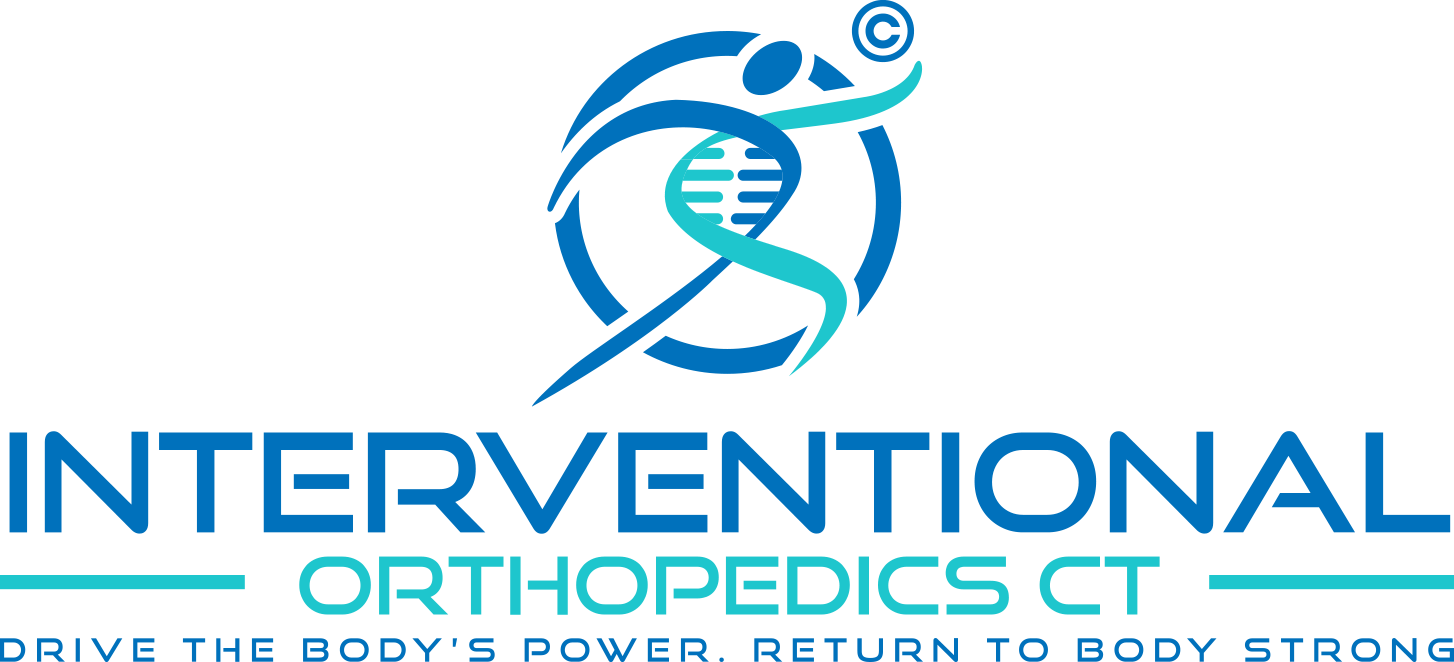Frequently Asked Questions About PRP
What is Platelet Rich Plasma (PRP)?
How is PRP Therapy Performed?
After a blood sample is obtained from a patient, the blood is put into a centrifuge which separates the blood into its many components. Platelet rich plasma can then be collected and delivered to an injured area of bone or soft tissue, such as a tendon or ligament, via an injection. Ultrasound guidance is used in the precise placement of PRP in a process that takes a total of 20-30 minutes. There may be soreness at the site of the injection that can last for a few days. Most people return to work and normal day to day activities immediately after the injection.
Do PRP Injections Hurt? Is it Safe?
How Well Does PRP Therapy Work?
Are All PRP Therapy Devices & Treatments the Same?
How Often Should I Repeat the PRP Procedure?
What Results Should I Expect from PRP Therapeutic Injections?
Both ultrasound and MRI images have shown definitive tissue repair after PRP therapy actually confirming the healing process. The need for surgery can also be greatly reduced by treating injured tissue before the damage progresses and the condition is irreversible. PRP therapy does not generally provide immediate relief. Instead, it sets in motion a repair mechanism that relies on tissue remodeling for long lasting pain relief. This process takes 6-12 weeks to show significant change in tissues though pain relief can occur much sooner on the basis of protease inhibitors found in platelets such as alpha-2-macroglobulin and TIMP. A study in the American Journal of Sports Medicine showed the following results in patients with elbow tendinosis:
>46% pain relief by week 4
>60% pain relief by week 8
>81% pain relief by 6 months
At the conclusion of the study, 93% of patients were completely satisfied with their PRP treatment and had avoided surgery.
